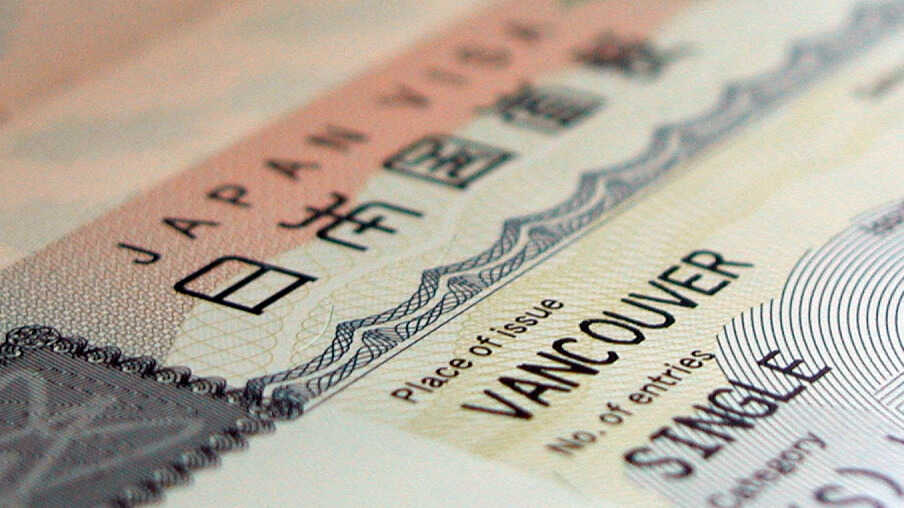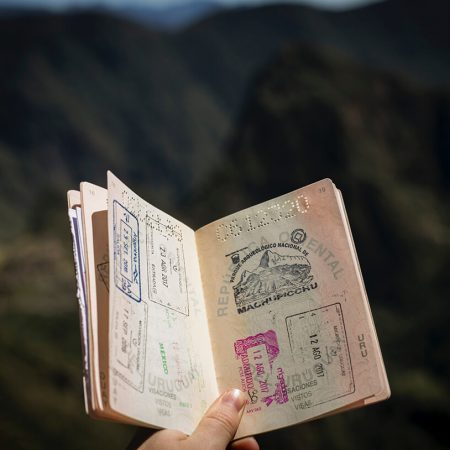Immigration Procedures for an International Student in Japan

Have you finally made up your mind to take that leap of faith and study in Japan? If so, then now you just have to take the necessary steps to secure your safe entry! Many foreigners in the process of studying abroad might feel anxious at the idea of collecting documents and playing the waiting game. But once you set foot in the land of the rising sun, the time you had spent waiting will have been so worth it.
Table of contents
Immigration Procedures for an International Student in Japan

As an applicant in the entire immigration process, gathering your important documents is your main role. Japan is very systematic with official procedures. One missing piece could set you back for weeks, but rest assured! If you’ve already connected with potential schools, they will gladly assist you throughout the process to make sure everything is in order. Here is a simplified look into the immigration process you would go through:
Before Coming to Japan

If you’ve looked into Japanese language schools, colleges, or even universities, you’ll find that each educational institution has unique application procedures. Generally, these institutions ask you for application documents as any other school in your home country. You’d pay the necessary fees to your school of choice, and they’d screen you for admission.
Acquiring Your Student Visa
Your school will notify you about your acceptance, and then you’d have to go through the enrollment procedures and pay initial school fees. Your school would then process your application for a student visa! This involves getting a Certificate of Eligibility (COE). Japanese schools usually have representatives to serve as your proxy in the application process. Of course, you can always call on your friends or relatives in Japan to process your application!
Step 1: Gather Documents for Your COE
While waiting, you will need to gather proof that you can shoulder all expenses and sustain yourself while you live abroad. Related documents include certificates of deposit or a bank balance certificate for your savings account. You might also need an income tax certificate when applying for a COE, so it would be wise to prepare this document if available.
Step 2: Wait for Your COE
Your proxy will present your documents to a regional immigration bureau in Japan. You’ll just have to wait until they finally send your COE along with permission for you to enroll. Once you get a hold of your COE, head over to your local Japanese Embassy or Consulate to apply for your visa.
Step 3: Submit COE and Other Requirements
Together with your COE, you will need to present your passport, photo identification, and the visa application form. The waiting game will continue as it takes up to 5 weeks to process and issue your visa. Delivery will also depend on your local consulate, and it may take up to 2 working days before you get the document. Until then, you can go over your curriculum, and soon you’ll be flying to Japan!
Upon Arrival in Japan

Photo by Paul Davidson on Flickr
You’re getting closer to your student life in Japan! When entering the country, you must present 3 important things: your passport, COE, and the issued visa. You may also have to present the acceptance letter from the school you enrolled in if available. Take note that the immigration process in the Japanese airport you’re entering is different from others.
Get Your Residence Card From the Airport
See if you will be entering Japan through the Narita, Kansai, Chubu, Haneda, New Chitose, Hiroshima, or Fukuoka Airport. Here, officials will affix a Landing Permission stamp in your passport and then issue your residence card. In other airports, officials affix a Landing Permission stamp with a seal indicating that you will receive your residence card at a later date. You must always keep this card on your person!
Get an Individual Number Using Your Residence Card
You will need your residence card (or passport bearing the official seal of later issuance) to get registered as a resident. Within 14 days of your arrival in Japan, you must bring your residence card to the municipal office near your home in Japan. There, you will go through the registration process and receive a card with your unique 12-digit social security and tax number, or “individual number.”
All Japanese residents have individual numbers. You will need yours to complete official procedures at the municipal office like health insurance applications. This number is also required for your bank visits when you get money from relatives back home, and when you begin working part-time. Be sure to keep your individual number card safe with you as well!
Studying in Japan

Once you’ve settled in your new address with an official individual number, you can rest easy and look forward to your classes! Remember that as a student, studying is your sole purpose in Japan. Should you wish to work to expand your experience, you can apply for permission to engage in other activities unrelated to your initial status of residence!
Consulting a Regional Immigration Services Bureau
Permission to take on extra activities beyond school is usually granted upon application for landing permission. If you make the decision once you’ve already begun studying, you may visit your nearest regional immigration services bureau. You can expect to make frequent visits to this office since they handle almost all foreign student matters (outside of your studies, of course).
A regional immigration services bureau can accommodate students who may need to leave Japan temporarily, as well as extending the period of their stay in the country. In the event that you need to go back to your home country, you can apply for a re-entry permit from this office. You can go ahead without applying for such a permit if you are sure to return to Japan before your period of stay expires.
On that note, you must be responsible enough to apply for an extension of stay in this office when the time comes. This is to avoid illegal residence.
Conclusion
Studying in Japan might feel like a pipedream at first. It will feel much more realistic once you break the entire immigration process into a simple matter of filling out application forms, gathering your important documents, and patience! Processing time can take months before you actually begin classes. You can always spend that downtime sharpening your Japanese skills. You got this!












Leave a Reply